Five Animals You’ll See in the Florida Keys
Meet these iconic creatures of Florida’s tropical paradise
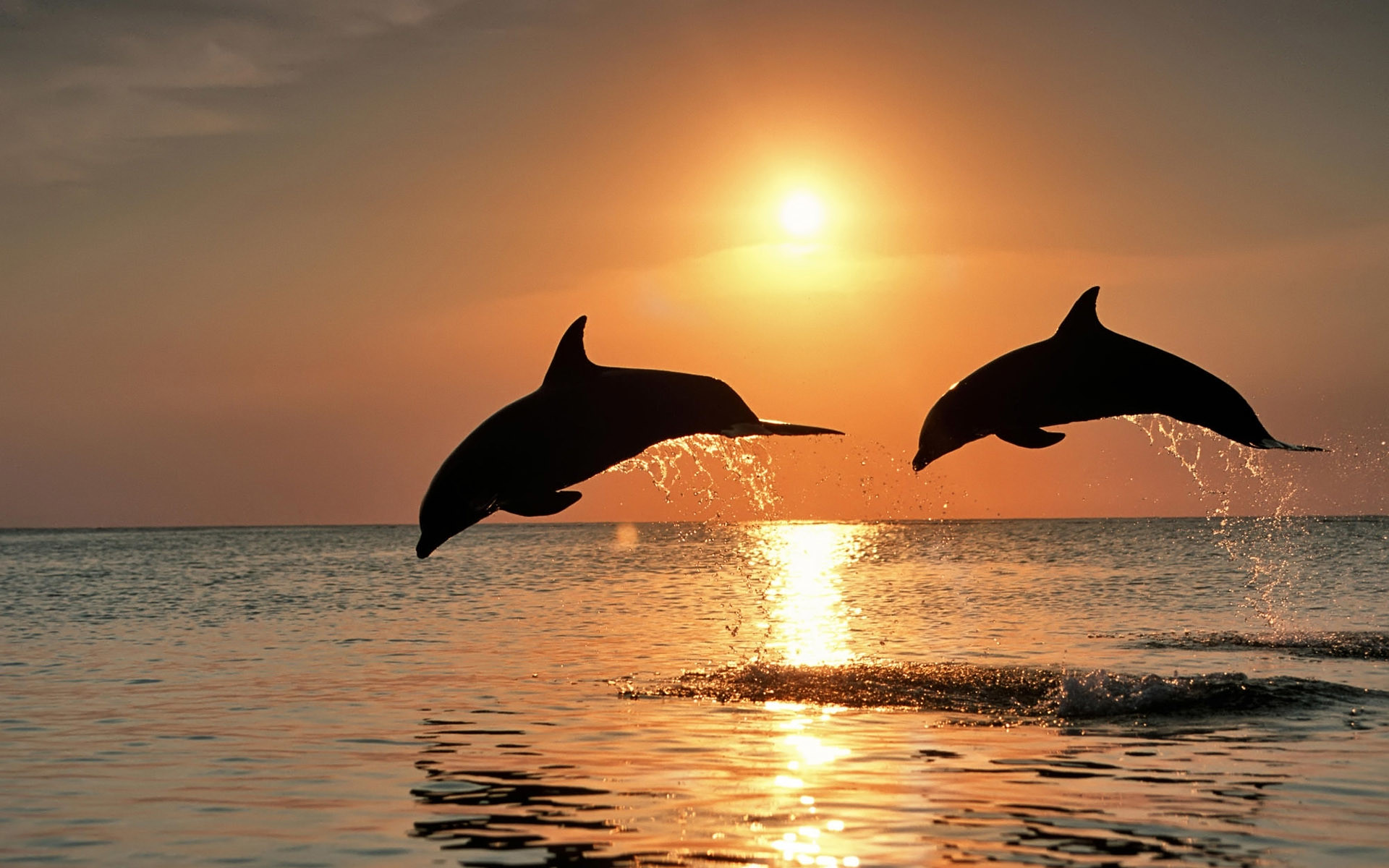
The Florida Keys are iconic, not only in name (thank you Beach Boys), but in the vast array of environmental wonders, beautiful sights and the unique wildlife that dwell there.
This region in Florida is made up of a chain of islands, located just 60 miles from Miami. The islands, made of coral and limestone, are connected by a series of bridges that make traveling through the Keys a beautiful experience. Throughout these amazing islands you’ll find a plethora of diverse wildlife and ecosystems that make the Keys such a fascinating place. These animals are essential for the health of our ocean ecosystems and rely on healthy ocean waters to maintain their depleting habitats as they face many challenges, including human impact and climate change.
No matter what brings you to the Florida Keys, any visit to the Keys is sure to be full of beautiful views and amazing wildlife sightings.
Here are five iconic ocean animals you might see in the Florida Keys.
Queen Conch
Queen conchs are mollusks,soft-bodied sea snails known for their shells, are an integral part of the Keys culture. If you go to Key West and hear someone refer to themselfes as a “conch,” don’t be alarmed. Locals passionately identify as “conchs,” and although there is a long history of how this nickname came to be, the queen conch is undoubtedly royalty in the Florida Keys. Despite their royal status, queen conchs were being over-harvested until acquiring protected status in efforts to help replenish their population.
Bottlenose Dolphin
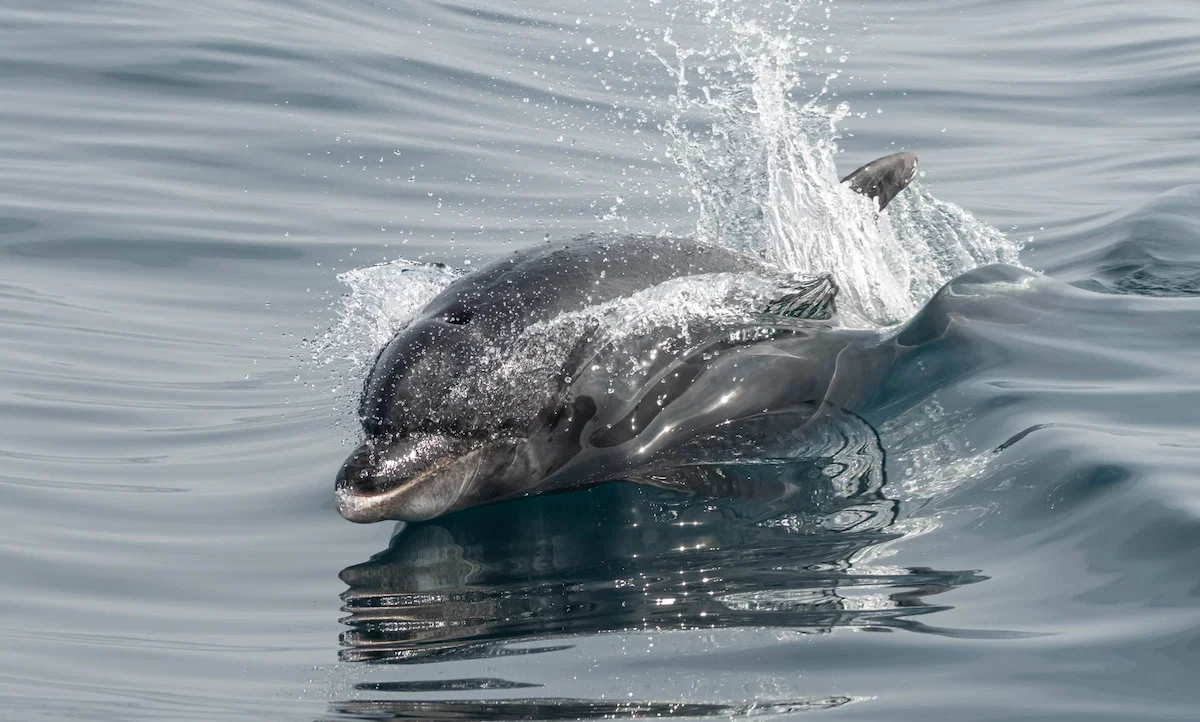
If you’re a “Flipper” fan or loved the story (“A Dolphin Tale”) of the dolphin with a prosthetic tail, the Atlantic bottlenose dolphin is a must-see in the Florida Keys. This species is the most commonly found dolphin in the Keys and, in turn, one of the most well-known and sought-after animals by sightseers. Bottlenose dolphins are characterized by their light gray coloring, long snouts and flippers. People lucky enough to spot them in the ocean may find them traveling in pods and communicating with their group through high-pitched squeaks. Bottlenose dolphins are incredibly intelligent, thus making for an amazing experience if you see one in the ocean.
Spiny Lobster
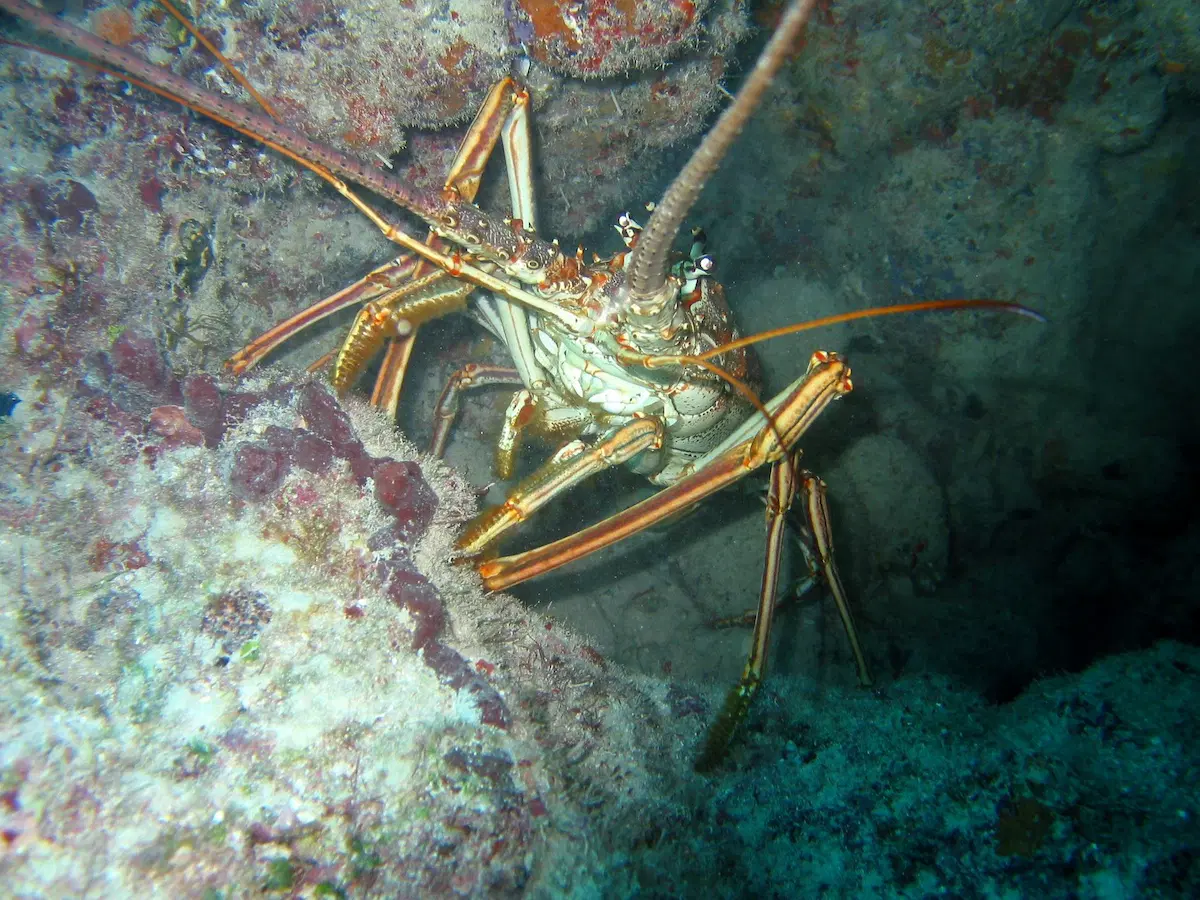
Spiny lobsters are the most commonly found lobsters in the Keys. These lobsters can grow to about 23 inches and weigh up to 15 pounds. The spiny lobster appropriately gets its name from the pointy spines that cover its body for protection from predators. They also wave their large antenna to ward off predators. There is also a very popular recreational fishery for spiny lobsters in the Florida Keys which draws many visitors during harvest season. Spotting these spectacular animals in their native habitat is a sight worth seeing.
Nurse Shark
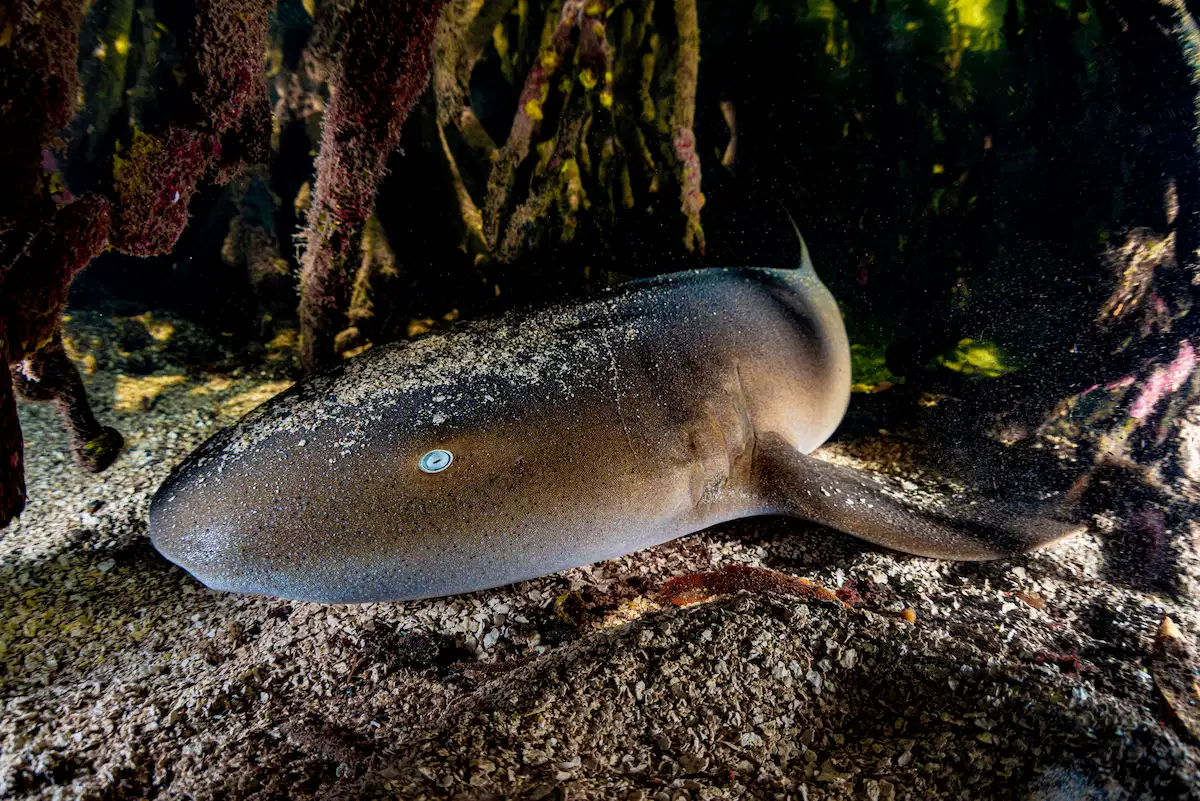
If you spot a nurse shark while visiting they Keys, it will most likely be on the seafloor. Nurse sharks spend most of their time resting on sand flats and feeding on small crustaceans and fish. Snorkelers in the Florida Keys are apt to spot nurse sharks slowly moving along the seafloor in shallow reefs. Don’t worry, nurse sharks don’t typically harm humans and only act defensively if provoked, so be respectful of their environment while you enjoy a visit to their habitat.
Pillar Coral
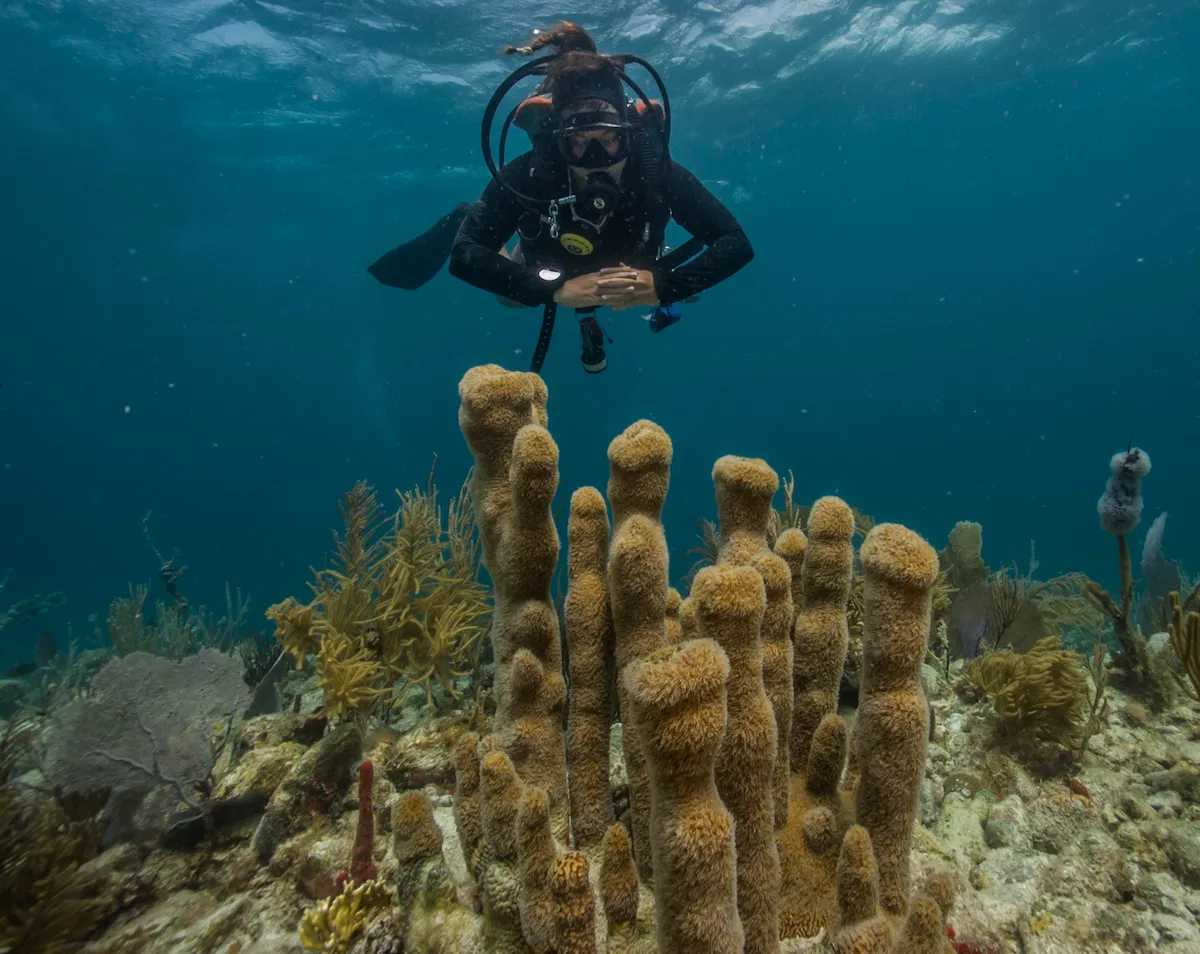
The pillar coral is a staple in the Florida Keys. Their long, tan, finger-like bodies, as long as eight feet, extend upwards from the reef. Like many corals, this species is currently threatened by climate change and exhibits coral bleaching when the waters get too warm. They’re also facing a new risk, the Stony Coral Tissue Loss Disease, which is causing widespread coral death in the Keys.The Florida Coral Reef Tract is the third largest barrier reef in the world, and much of the reef is protected by the Florida Keys National Marine Sanctuary. Although this species of coral may be difficult to find, it’s importance to the Keys landed it on our list.
Bonus: Manatees
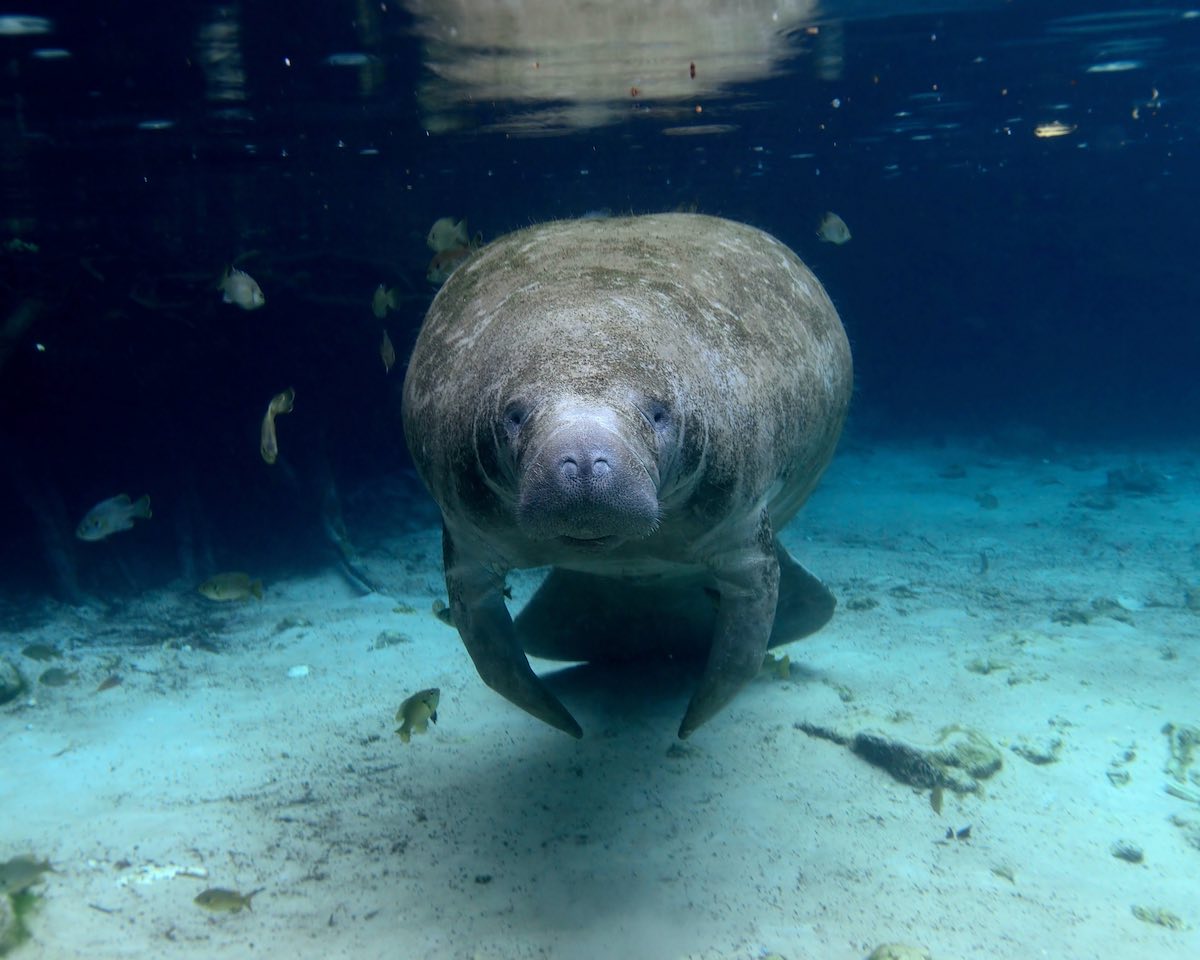
This legendary aquatic mammal couldn’t be left off our list. Manatees are icons throughout Florida, and if you’re lucky, you can happen upon manatees in the Keys. Manatees, sometimes called sea cows, are large, slow-moving creatures typically found eating seagrass and leisurely swimming through calm waters. Unfortunately these animals are in serious trouble because seagrass beds are dwindling and manatees are starving. A single manatee might eat 100 pounds of seagrass in a one day, and we’ve lost tens of thousands of seagrass acres due to compromised water quality. Massive efforts are ongoing to protect these beautiful animals because it’s clear Florida wouldn’t be the same without them.
Bonus: Mangroves
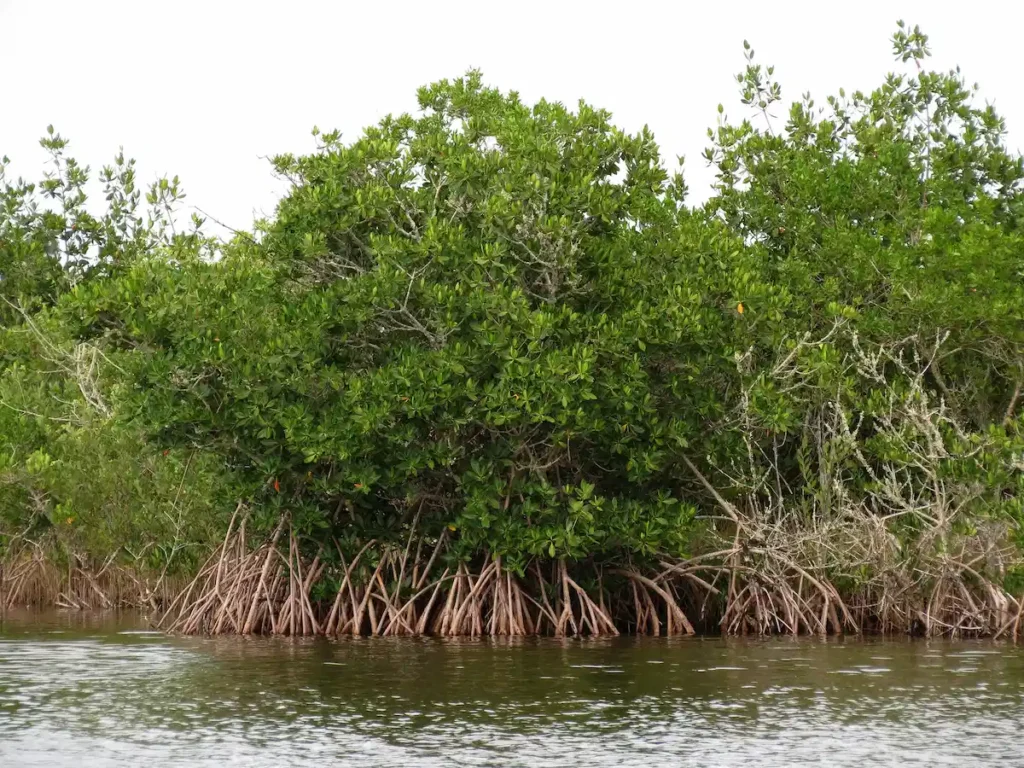
This list wouldn’t be complete without a bonus feature of an iconic Florida Keys tree species. An essential ingredient of the Floridian coastal landscape has always been the majestic mangroves—red, black, white and allied buttonwood—are fundamental to a range of Floridian ecosystems. These trees, growing in areas of slow-moving salty or brackish water and low-oxygen soil, are easily recognized as trees that appear to be standing on a mass of tangled roots. Mangroves are essential to the ecosystem as they provide protection from waves and erosion while also being home to a wide variety of ocean animals. Red mangroves, in particular, are most prevalent in the Keys. Their reddish roots make them easy to spot, so make sure to take some time to admire these beautiful “walking trees” in the Florida Keys.
If you’re ever driving through the Florida Keys, surrounded by the ocean (and probably listening to the Beach Boys), plan to make a few stops and explore all the wildlife the Keys have to offer. It’ll be worth it!
Want to learn more about how you can help advocate for these iconic Florida Keys species? Visit our action center to protect the wildlife that makes this tropical paradise so unique.